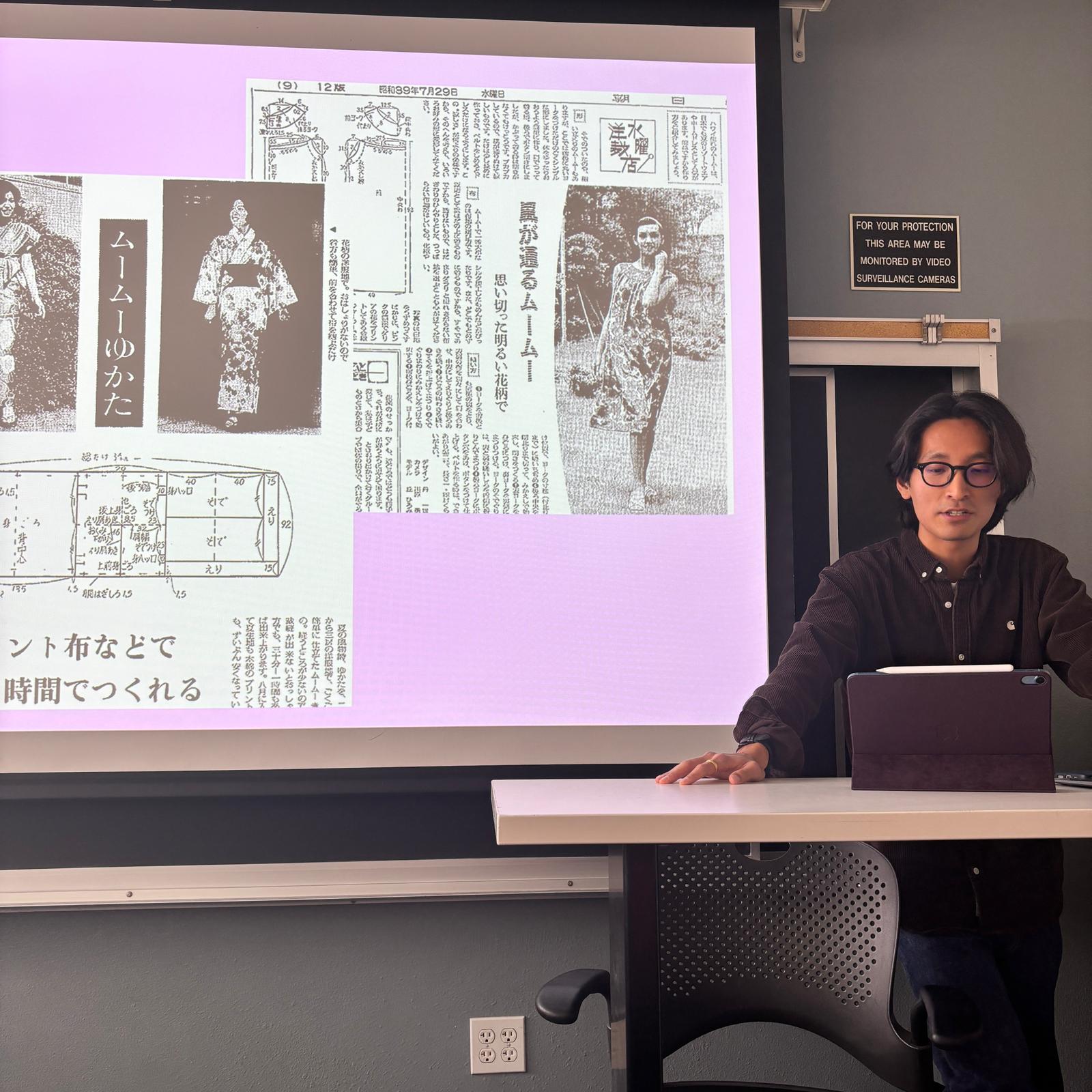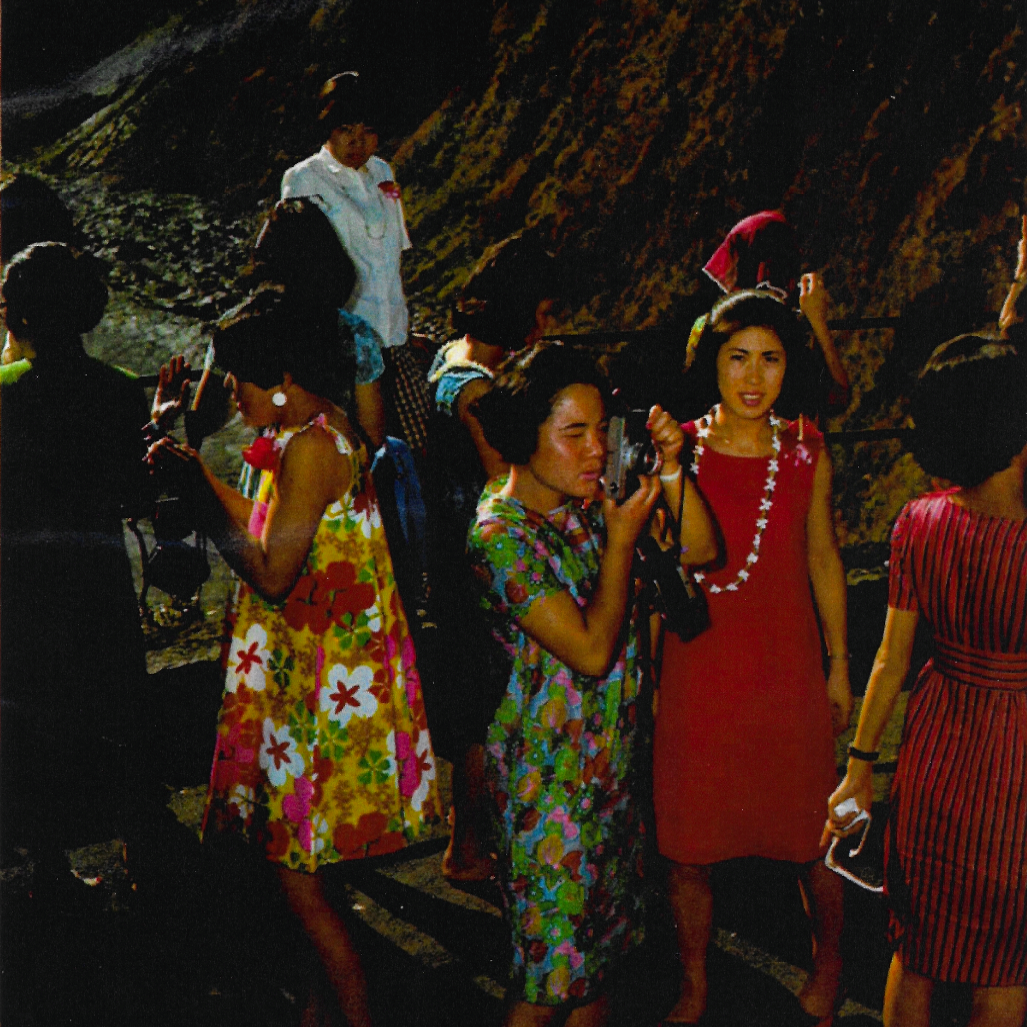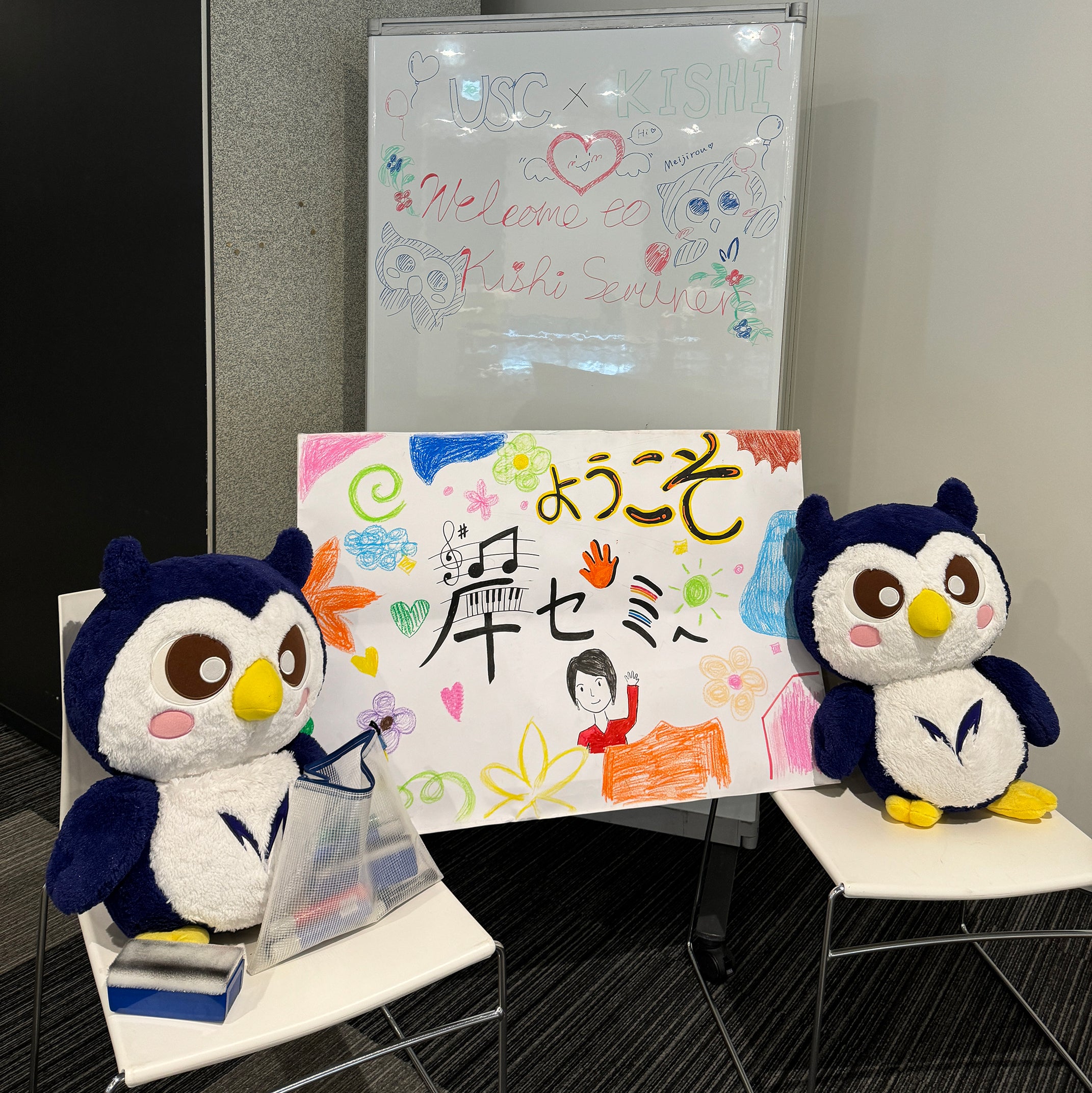Issay Matsumoto
What is your research focus?
My dissertation examines the rise of Hawaiʻi’s tourism and low-wage service industry after World War II through the eyes of a diverse cast of local, migrant, and Indigenous residents whose hidden labors transformed the international order of the Pacific. I ask how workers and community members have shaped, advanced, and resisted political economic transformations in Hawaiʻi that integrated the broader transpacific world. Using original oral histories and archival research conducted in Hawaiʻi, Japan, and the Philippines, I reveal the complex solidarities that challenged, yet just as often sustained official efforts to incorporate life, labor, and ecology into the international tourism industry.
In what ways did the EASC Graduate Fellowship impact or help your research?
Receiving the EASC Graduate Fellowship has been indispensable to my international and multilingual research agenda. EASC’s support has allowed me to conduct research at the Sumitomo Historical Archives, the National Diet Library, the Library of Tourism Culture, and other repositories in Japan. Incorporating these documents into my dissertation has allowed me to write about the understudied role that Japan has played in the development of tourism in Hawaiʻi and across the Pacific Islands through capital investment, high-spending tourist migration, and even cheap export products sold as souvenirs such as ukuleles and aloha wear. This research has been formative for my dissertation on transpacific tourism in Hawaiʻi and has allowed me to present internationally for scholars of US, Japan, and Japanese diasporic studies.
Can you share any anecdotes about your fellowship experience?
Japanese archives have their own set of institutional practices, customs, and rules surrounding research access that can be quite intimidating at first for anyone used to archives in the US. But spending summers in Japan through the EASC Graduate Fellowship I have learned to enjoy the sites where I research. Marveling the spotless high-tech restrooms at the JTB library, perusing the disappointingly sub-par lunch set options at the NDL, and even having to pay for sheets and sheets of photocopied documents that take up unnecessary space in your cramped apartment…this is all part of the journey.
Do you have any recent publications or other accomplishments you would like to share?
I just published a peer-reviewed article in the December 2024 issue of American Quarterly, the journal of record for the American Studies Association. The essay, “Transpacific Muumuus and the Rise of Japanese Neocolonial Tourism in Hawaiʻi,” follows the movement of the iconic Hawaiian muumuu dress between Japan and Hawaiʻi to reveal the surprisingly crucial role Japanese women tourists and textile imports from Japan played in making Hawaiʻi a preeminent site for international tourism. It was during my first summer of research through the EASC Graduate Fellowship that I encountered a fascinating 1974 travel magazine article by a well-known Japanese feminist writer praising the beauty and comfort of the Hawaiian muumuu dress. This sparked further investigation into Hawaiʻi’s historical role in U.S.-Japan relations, Japanese consumer culture, and shifts in transpacific political economy more broadly. One thing led to another and thanks to EASC I am now the world’s foremost, and only, academic expert in the history of Japanese muumuus.
How was your experience as a Graduate Program Assistant for the EASC 360: Global East Asia Tokyo Maymester program? How has this experience impacted you both professionally and personally?
I was academically and personally inspired during my time accompanying Professor Miya Desjardins and the brilliant students of “EASC 360: Global East Asia Tokyo.” Both summers I had the privilege to not only discuss and think about Japanese society and design concepts, but see their intersection at the many sites we visited. The undergraduates selected for this highly competitive Maymester program were not only driven and accomplished beyond their years, but also noticed all sorts of things about Tokyo that I took for granted and would never have picked up on without their perspectives, informed by eclectic interests ranging from tech and medicine, to fashion and disability access, and even theme park design. From the Maymester students I received insightful questions and comments while presenting my historical research to the class. They also taught me new indispensable ways to use the 0.5x iPhone camera lens.


